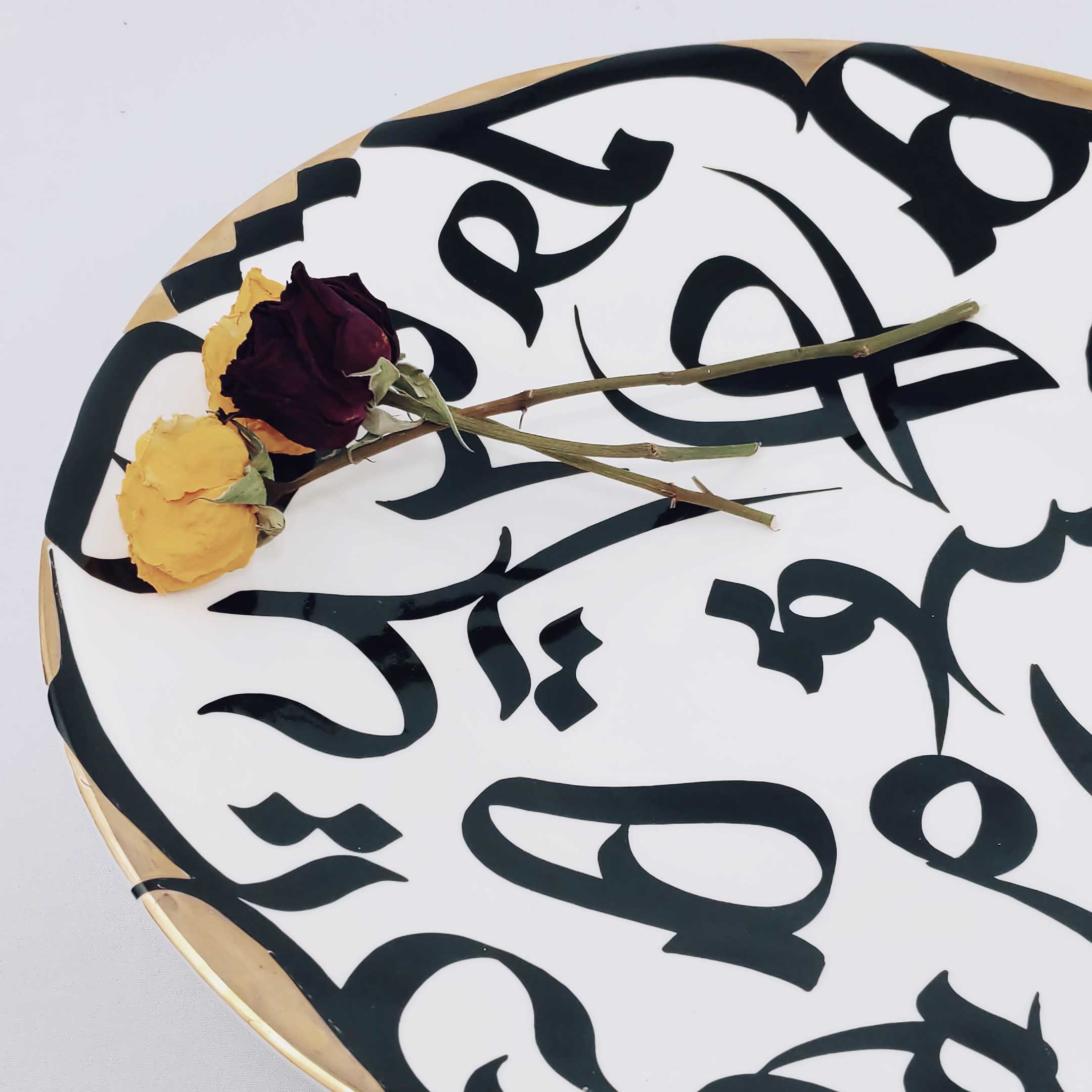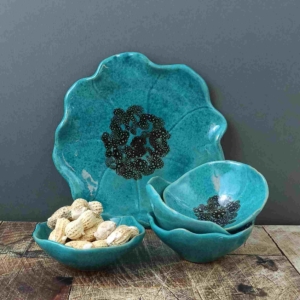History of ceramic art in Iran

ceramic dishes is an inorganic non-metallic solid that is composed of metallic or non-metallic compounds and is formed by heating at high temperatures and then hardening. In general, ceramics are hard, brittle, and corrosion-resistant materials. The crystallinity range of ceramic materials varies from fully oriented to quasi-crystalline, glassy, and sometimes even completely molded (glass, for example). In most cases, baked ceramics are glass or semi-glass, as is the case with pottery, heavy utensils, and porcelain. The variability of crystallization and electron composition in ionic and covalent bonds means that most ceramic materials are good thermal and electrical insulators (extensive research has been done in ceramic engineering). With such a wide range of possible options for the composition or structure of a ceramic (e.g., almost all elements, almost all types of bonds, and all levels of crystallization), the subject range of ceramics is very wide, and identifiable characteristics (e.g. hardness, stiffness, electrical conductivity) Etc.) is difficult for the whole group.
Ceramics generally have properties such as high melting temperature, high hardness, poor conductivity, high modulus of elasticity, high chemical resistance, and low ductility, but there are exceptions (eg piezoelectric ceramics, glass transition temperature, superconducting ceramics, and Other). Many composites such as fiberglass and carbon fiber, although containing ceramics, are not part of the ceramic family.
The first man-made ceramics were pottery (such as vases or utensils) or Persian sculptures made of clay, which, either by themselves or mixed with other materials such as silica, were fired and hardened in a fire.
persian Ceramics were later glazed and baked to create smooth, colored surfaces and to reduce porosity by using glass and amorphous ceramic coatings on crystalline Persian ceramic art substrates. Ceramics today include household, industrial, and construction products, as well as There, is a wide range of Ceramic Wall Art arts. In the twentieth century, new ceramic materials were developed for use in advanced ceramic engineering, such as semiconductors.
The word “ceramic” comes from the Greek word κεραμικός (Keramik’s), meaning “Persian pottery” or “for pottery”, [5] and it comes from κέραμος (keramos), meaning “potter, Persian tile, pottery”. Known as the root “ceram” from the Greek-Micah word ke-ra-me-we, meaning “ceramic workers”, it is written with the syllable line “b”. The word “ceramic” may be used as An adjective is used to describe a substance, product, or process, or it may be used as a noun, singularly, or as a plural noun.
Types of ceramic dishes
- White ceramic tableware
- Ceramic dishes with ceramic coating
Ceramic dishes with ceramic coating have a metal body and a layer of ceramic is used as a coating on their surface.
The metal part of the dish is usually made of aluminum because it can transfer heat well.
One of the advantages of such dishes with ceramic coating is that their non-stick surface is free of toxic substances. This ceramic surface also prevents the penetration of metal elements in the body of the dish into the food.
How to maintain ceramic
Remember to never put ceramic dishes on the gas before cooking, but first pour the desired food into the dish and then put it on the heat, because this will damage the ceramic layer. Sees and eats small cracks. On the other hand, these cracks are very small and cause them to lose their efficiency over time
Never place hot ceramic dishes in cold water.
Because a sudden change in temperature causes the dishes to lose their strength and durability over time.
Now, if you want your dishes to have good durability and maintain their quality, avoid sudden changes in the temperature of your dishes.
Note that the floor of ceramic dishes is very sensitive, so you should be careful not to scratch the floor of these dishes.
So do not use wire scoops when washing these dishes and do not use metal spoons when cooking food.
To store these dishes, be careful never to put them together. The fact that you do not have enough space to store the container may make you think, but do not do it at all, because putting ceramic dishes inside means scratching the ceramic inside the container.
Thank you for being with us until the end of the article











Comments